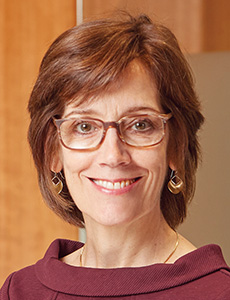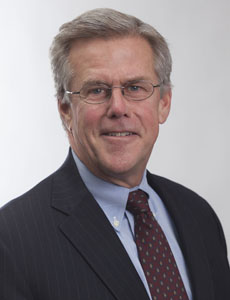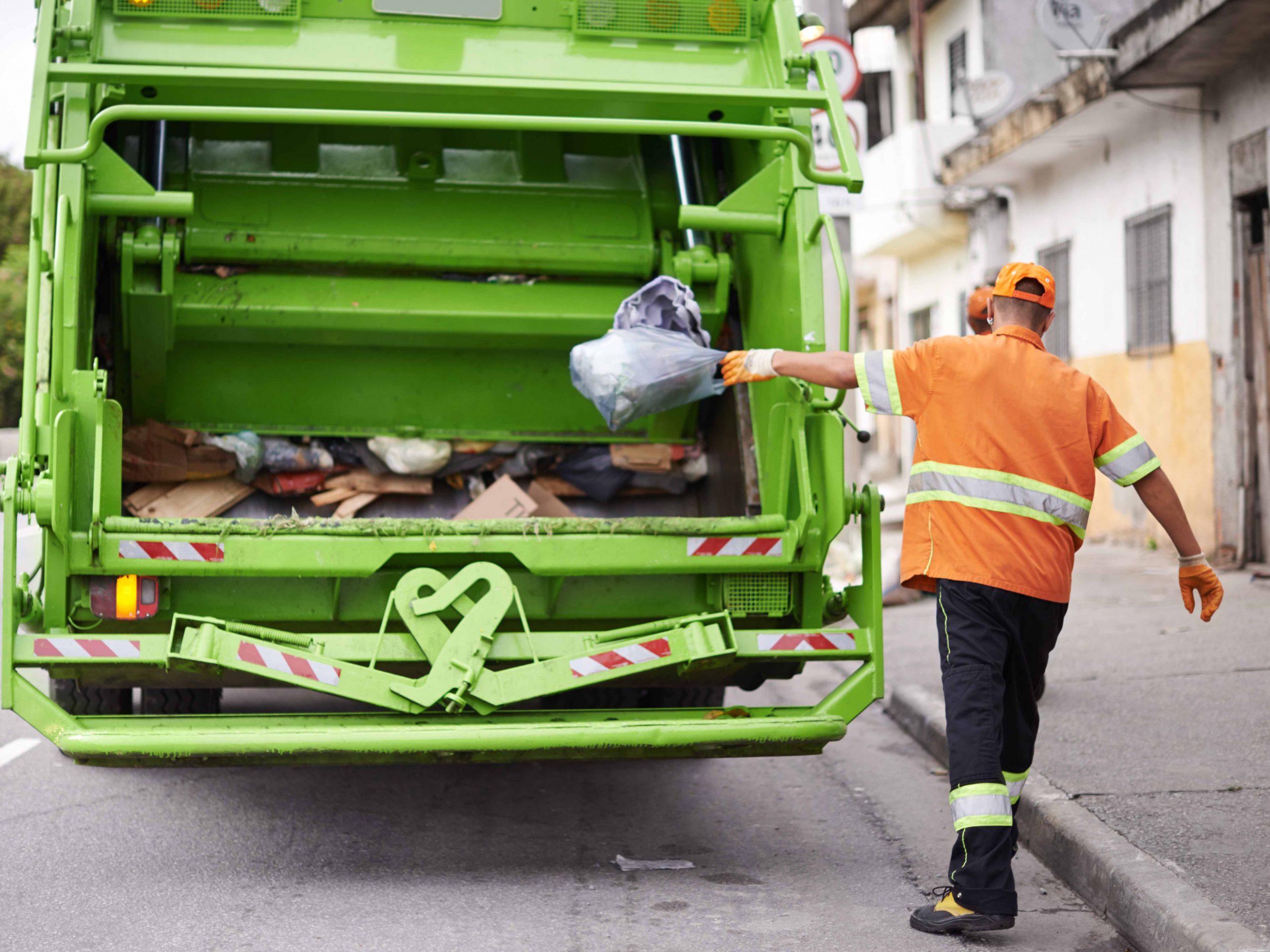4 Liability Trends Driving the Higher Education Coverage Crisis

Over the past several years, the liability landscape has become increasingly treacherous. Juries are handing down ever-larger verdicts, setting precedents for equally eye-popping settlements. Defense costs are also on the rise, nearly guaranteeing that any claim involving litigation will result in a significant loss.
Increased claim frequency and severity across multiple lines are forcing underwriters to reevaluate their approach to risk, often resulting in higher rates, curtailed terms and conditions, and a greater degree of difficulty for insureds looking for comprehensive coverage that fits the budget.
Higher education is just the latest sector to experience this pressure. Here are the trends driving increased losses in the industry, and how they affect coverage availability and affordability.
1) Sexual Abuse and Harassment Claims
“As we entered 2020, educators legal liability (ELL) underwriters were tracking trends showing a significant increase in both the frequency and severity of claims. Title IX, antitrust, employment actions and event driven claims against boards and senior management arising out of sexual abuse events on campus were driving this experience,” said John McLaughlin, senior managing director of Gallagher’s Higher Education Practice Group.
The sexual abuse class action lawsuit brought against Michigan State University for failing to act on allegations of misconduct against Larry Nassar resulted in a $500 million settlement — the largest ever in higher education. MSU has claimed its liability policies include coverage for abuse and molestation claims and its combined $30 million in limits should be applied toward the settlement.
So far, though, its insurers are denying coverage.

Constance Neary, vice president for risk management, UE Experience, United Educators
In 2018, at least one of the school’s carriers raised its premium and restricted terms and conditions so dramatically that MSU declined to renew its policy, instead opting to form a captive to insure some of its liability exposure.
Though this case is extreme, it does demonstrate how large universities with complex losses could be pushed out of the market altogether.
Recent amendments to Title IX are also increasing liability exposure by making it easier for accused parties to bring claims of their own for failure to follow due process. In early May, the Department of Education issued a final rule requiring schools to provide respondents with advance written notice of the allegations against them, a summary of the evidence, and access to resources that allow them to mount a defense — protections that were not previously in place.
“We have observed a marked increase in the frequency of so-called ‘Title IX Respondent’ or ‘Reverse Title IX’ claims — a legal theory that did not even exist 10 years ago,” said Constance Neary, vice president for Risk Management and UE Experience, United Educators.
2) Disputes Over Discriminatory Practices
Claims of discrimination are common in higher ed, and recent years have seen an uptick of such claims from students.
“Claims of alleged unfair business practices by the institutions continue to be costly, including but not limited to violations of consumer protection,” McLaughlin said.
Recent admissions scandals fall into that category.
After the FBI’s “Operation Varsity Blues” investigation found that employees at multiple universities were complicit in ensuring admission for the children of wealthy celebrities, class action lawsuits started rolling in. The litigation would most likely impact the schools’ D&O and EPL policies since the schools were accused of lacking proper policies and oversight to prevent such fraud from taking place.
Accusations of racial discrimination in admissions have also dogged prestigious universities in recent years. Both Harvard and UCLA have been targeted by lawsuits alleging the schools sought to increase the number of Black and Latin American students at the expense of Asian American applicants. Harvard won its case, with the judge deciding that the school’s practices were in line with its Affirmative Action goals and not motivated by racial prejudices.
More recently, the University of Texas at Austin was sued for the third time by white students claiming they were denied admission due to affirmative action, which they consider discriminatory and unconstitutional. The suit named individual leaders at the school, including the interim president and members of the board.
The UCLA and UT-Austin cases are likely to follow the same path as Harvard’s, but that won’t preclude similar suits from being filed in the future targeting schools’ directors and officers and their coverage by the same name.
3) The Impact of COVID-19
EPL claims are also likely to rise as campuses reopen for the fall semester amid the COVID-19 outbreak, a move many professors have publicly claimed is irresponsible and unnecessary. Schools are already facing legal action from students seeking to recoup some of their costs after transitioning to virtual learning.
“The onset of COVID-19 and the actions taken by institutions in response to the pandemic spawned at least 148 class actions against higher education institutions for the return of tuition and fees for students who were asked to continue their education remotely. While the merit of these class action claims is yet to be determined, it has the underwriting community on edge given current adverse loss trends,” McLaughlin said.
Educators may also face professional liability claims for subpar instruction delivered via virtual formats.
“Teachers are adjusting to the virtual space as much as the students, and it might leave a gap where claims pertaining to a failure to educate could increase in frequency and severity. A parent might be more apt to sue a teacher today, if he/she feels the instruction is lacking or if there are other external factors at play, such as a cyber breach during the class or inappropriate imagery or verbiage conveyed to the students,” said Jason Hayes, CIC, AIS, vice president, professional liability, All Risks, Ltd.
Campus closures may also, however, mitigate exposures to some historical risks over the short term.
“With faculty and staff working from home, students studying virtually, summer camps and athletic events cancelled, we appear to be seeing a significant drop in Title IX, sexual abuse and harassment claims,” McLaughlin said
4) A Difficult Market for Insureds

John McLaughlin, senior managing director, higher education practice group, Gallagher
A possible dip in the frequency of certain claims will likely not be enough to offset the steady rise in severity driven by social inflation.
“Social inflation is fueled at least in part by an increased distrust of institutions in general. Education is not immune to that trend; studies show the public’s trust in educational institutions has markedly declined over the past five to ten years, which we believe has increased the frequency and severity of claims filed against them,” Neary said. “It is fair to say that, across the board, the severity of claims is outpacing baseline inflation.”
As a result, liability carriers are pulling back from the higher ed space.
“After the past few years of seeing a drastic rise in the payout of seven-figure judgments and settlements, carriers have been forced to re-think their approach to writing D&O for higher education,” McLaughlin said.
“Pricing is rising faster than in any time in the past 20 years with retention levels also rising drastically for most institutions. Carriers are also, for the first time in recent history, pulling back coverage. Restrictions on Title IX claims, antitrust coverage, contract-related matters and other important coverage terms are becoming much more common. Many carriers are cutting their capacity in half.”
Higher ed institutions may find more favorable conditions in the excess market, though prices are increasing there as well. Others may follow the example of MSU and shift to captives or other forms of self-insurance. Over the long term, colleges and universities can set themselves up for better renewals by more proactively addressing their top exposures by establishing a more diverse and transparent culture.
“Acceptance of all walks of life is critical to maintaining a strong organizational culture within the school and amongst the school’s staff that is positive and forward-thinking. This diversity acceptance theory, if conveyed and practiced amongst both the teachers and school leaders, and in turn the students, may lead to a lessening of lawsuits filed against the administrators and teachers in the school,” said Lori Pack, manager, educators liability, RT Specialty. &










